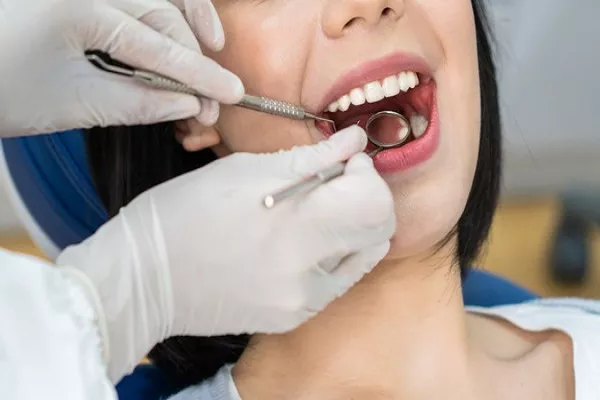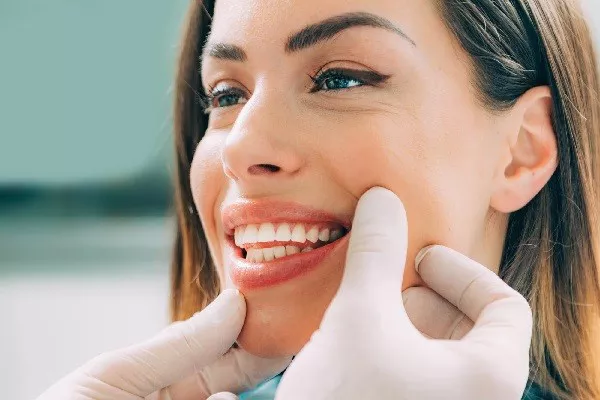In the pursuit of a brighter and more radiant smile, many individuals turn to teeth whitening strips as a convenient and effective solution. However, one burning question often lingers: What age is considered appropriate for using whitening strips? In this comprehensive guide, we will delve into the factors that influence the suitability of whitening strips across different age groups, providing you with the information needed to make an informed decision.
1. Understanding the Basics: What Do Whitening Strips Do?
Before we dive into age considerations, let’s establish a foundational understanding of how whitening strips work. Whitening strips are thin, flexible pieces of plastic coated with a peroxide-based gel. This gel, usually containing hydrogen peroxide or carbamide peroxide, penetrates the enamel and targets deep-seated stains on the teeth. As a result, the teeth gradually lighten, revealing a brighter and more appealing smile.
1.1 How Whitening Strips Work
The active ingredient in whitening strips, typically hydrogen peroxide, breaks down into oxygen radicals, which then penetrate the tooth enamel. These radicals target the colored molecules that cause stains, effectively breaking them down and leaving the teeth looking whiter.
1.2 Safety Measures
While whitening strips are generally safe, it’s essential to follow the recommended usage guidelines. Overuse or misuse can lead to tooth sensitivity and gum irritation. This is a crucial point to consider when determining the appropriate age for using whitening strips.
2. The Teenage Dilemma: Is It Safe for Adolescents?
Teenagers often express a keen interest in enhancing their appearance, and a whiter smile is no exception. However, the question arises: Is it safe for adolescents to use whitening strips?
2.1 Dental Development and Readiness
The age at which teeth fully develop can vary, but most adolescents have their permanent teeth by the age of 13. Before considering whitening strips for teenagers, it’s crucial to ensure that their teeth and gums are fully developed.
2.2 Professional Guidance
Consulting with a dentist is paramount when contemplating teeth whitening for teenagers. A dental professional can assess the readiness of the adolescent’s teeth and provide personalized recommendations, ensuring a safe and effective whitening process.
3. Navigating the Twenties: Whitening for Young Adults
As individuals enter their twenties, the desire for a brighter smile often intensifies. Here’s what young adults should consider when using whitening strips.
3.1 Stain Causes
Understanding the root cause of tooth discoloration is crucial. Stains from habits like smoking or excessive coffee consumption may require more frequent whitening sessions. Tailoring the use of whitening strips to individual needs is essential for optimal results.
3.2 Combating Lifestyle Factors
In a world filled with staining culprits, such as red wine and certain foods, young adults may find whitening strips a valuable tool. However, it’s vital to strike a balance and not over-rely on these strips, as maintaining good oral hygiene practices is equally crucial.
4. The Thirties and Beyond: Whitening as a Lifelong Tool
As individuals progress into their thirties and beyond, the need for consistent oral care remains paramount. Whitening strips can continue to be a valuable asset, but certain considerations come into play.
4.1 Sensitivity Concerns
With age, tooth sensitivity can become more prevalent. Opting for whitening strips designed for sensitive teeth and consulting with a dentist can help mitigate potential discomfort.
4.2 Managing Expectations
While whitening strips can address extrinsic stains, they may have limitations in treating intrinsic discoloration. Individuals in their thirties and beyond should manage their expectations and explore additional dental procedures if deeper staining is a concern.
5. The Role of Professional Guidance at Any Age
Regardless of age, seeking professional guidance is a constant theme in the journey of teeth whitening. Dentists can provide personalized advice, recommend suitable products, and address any concerns related to oral health.
5.1 Regular Dental Check-ups
Routine dental check-ups are crucial for individuals of all ages. Dentists can monitor oral health, identify potential issues, and offer guidance on the appropriate use of whitening strips based on individual needs.
In conclusion, the use of whitening strips is not bound by a specific age group but rather by individual readiness and circumstances. By understanding the factors that influence the effectiveness and safety of whitening strips, individuals can make informed decisions to achieve a brighter and more confident smile at any stage of life. Remember, a radiant smile knows no age limits when approached with care and knowledge.
Related Links:
Do whitening strips work after one use?
What not to Do after using whitening strips?
How much to bleach teeth at dentist?





























